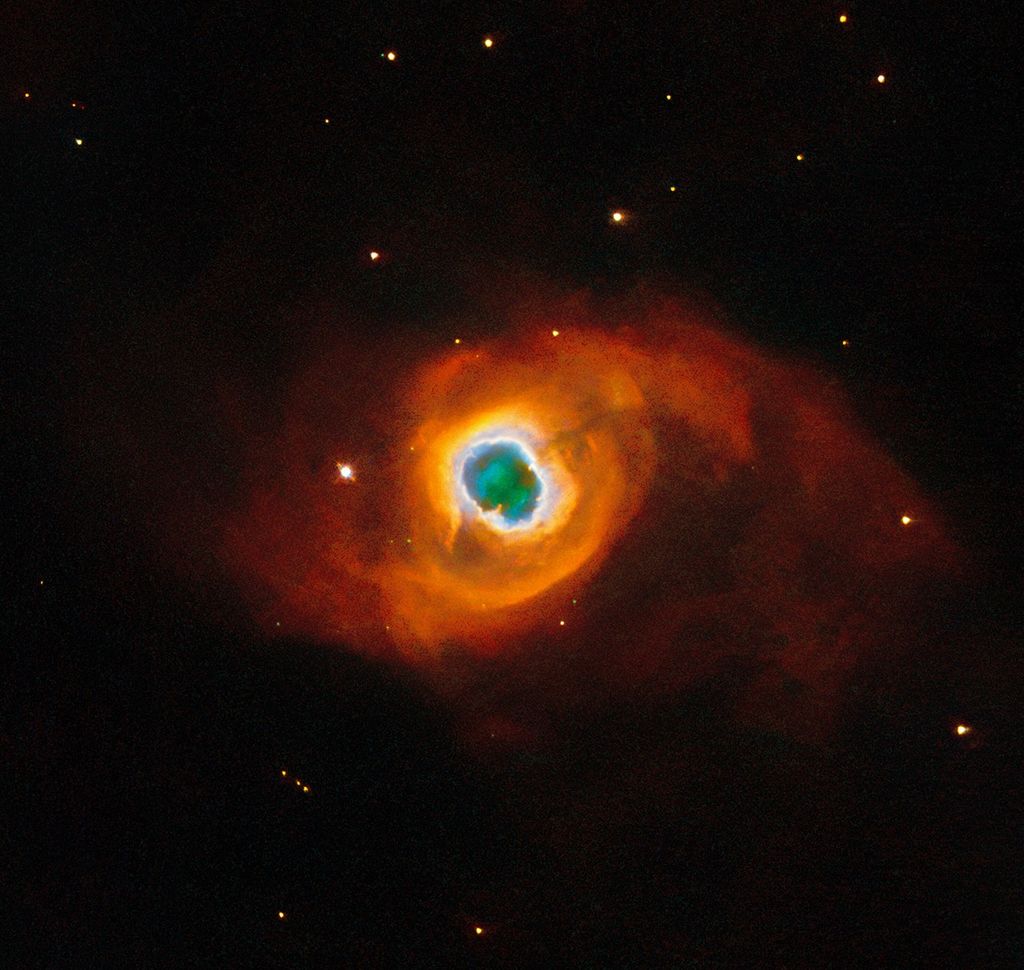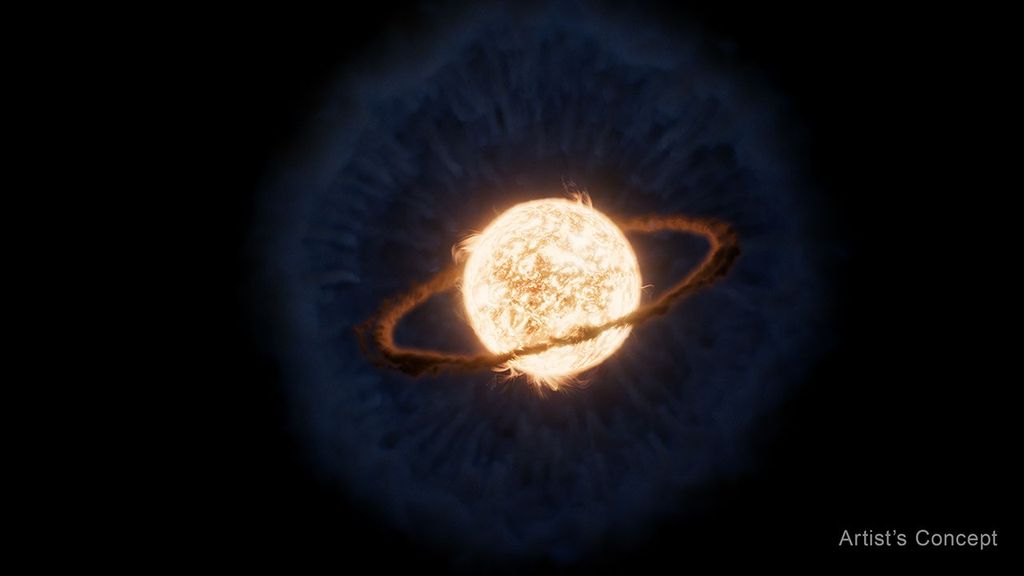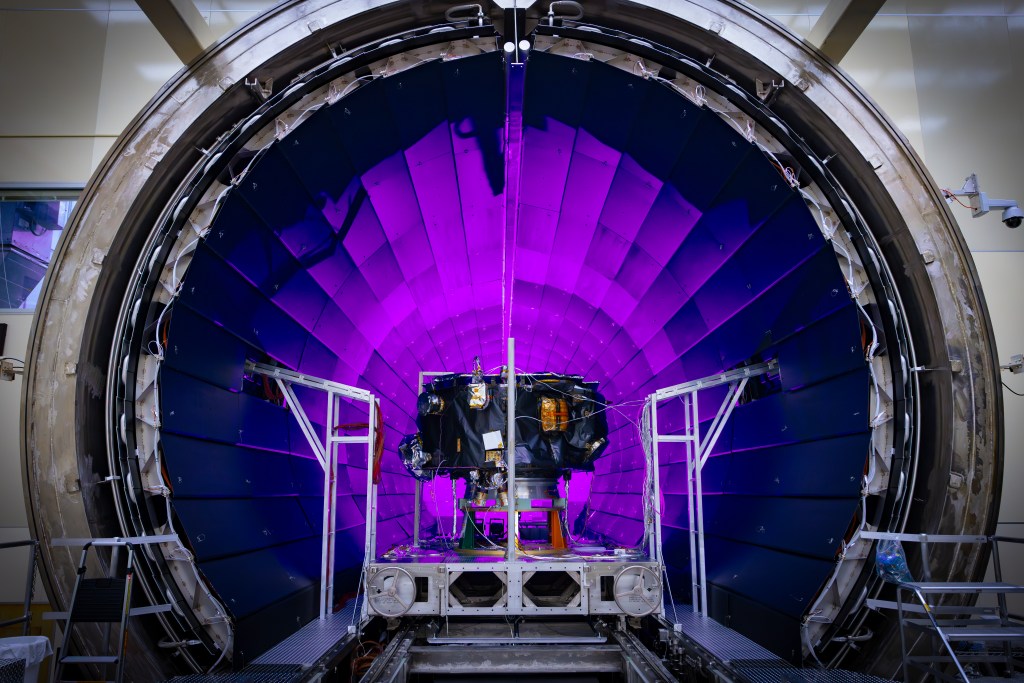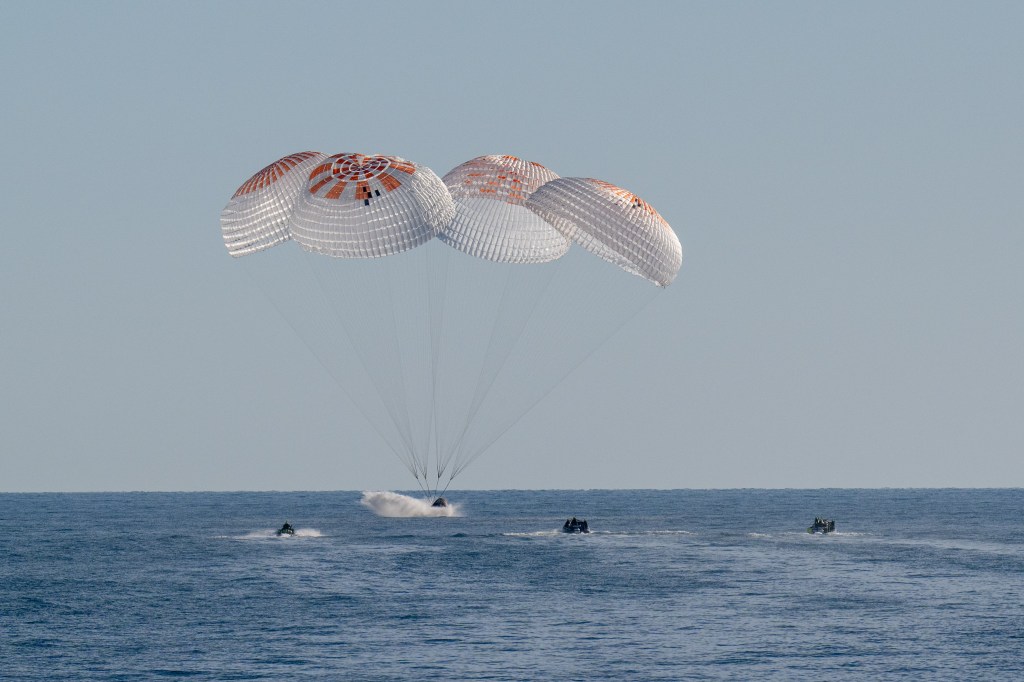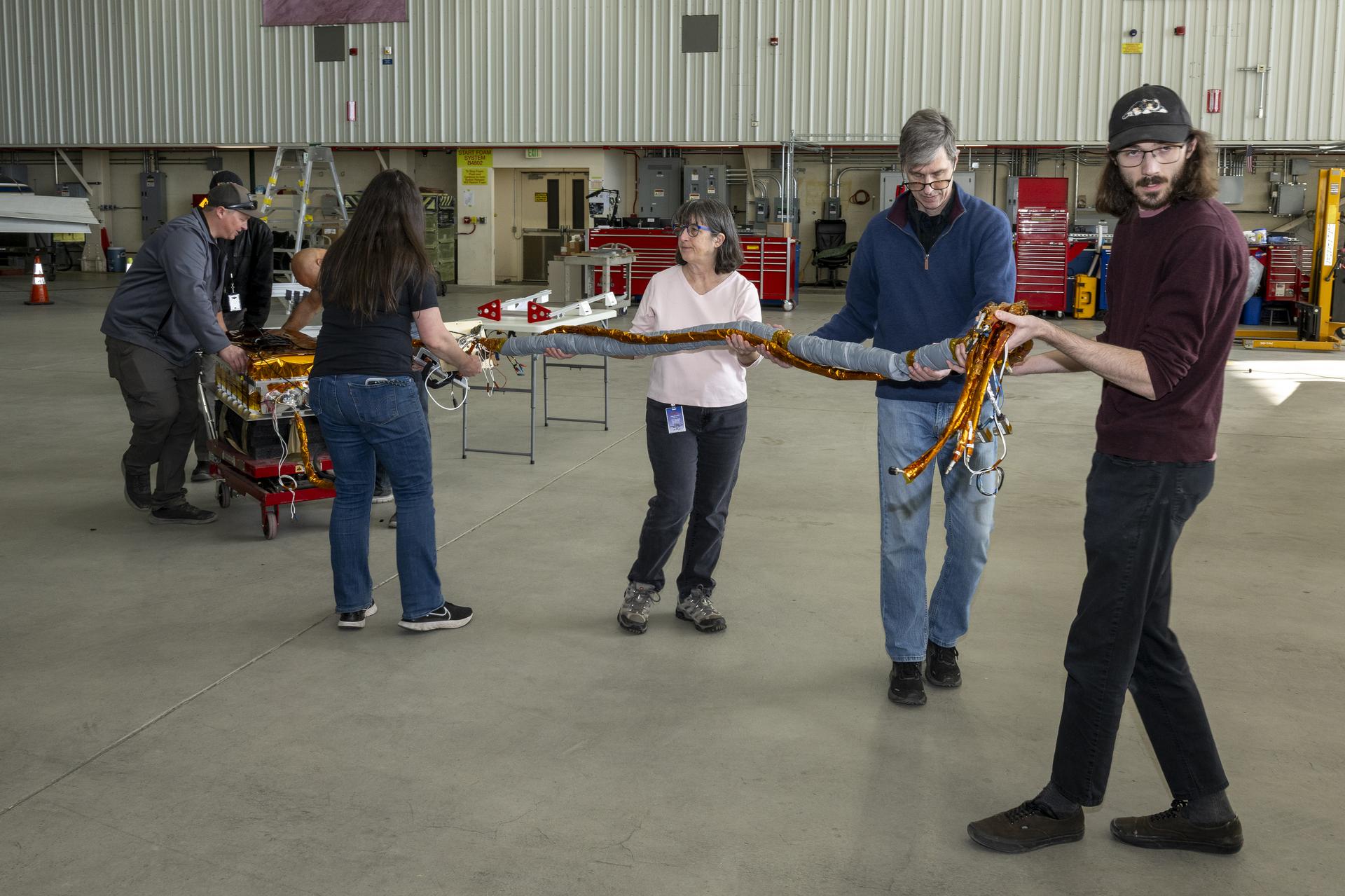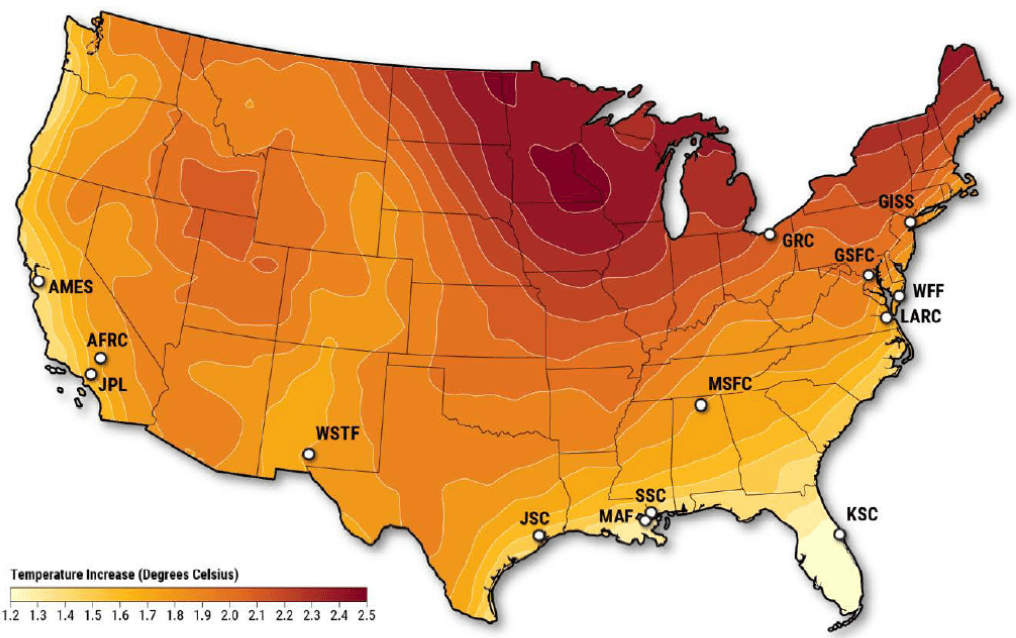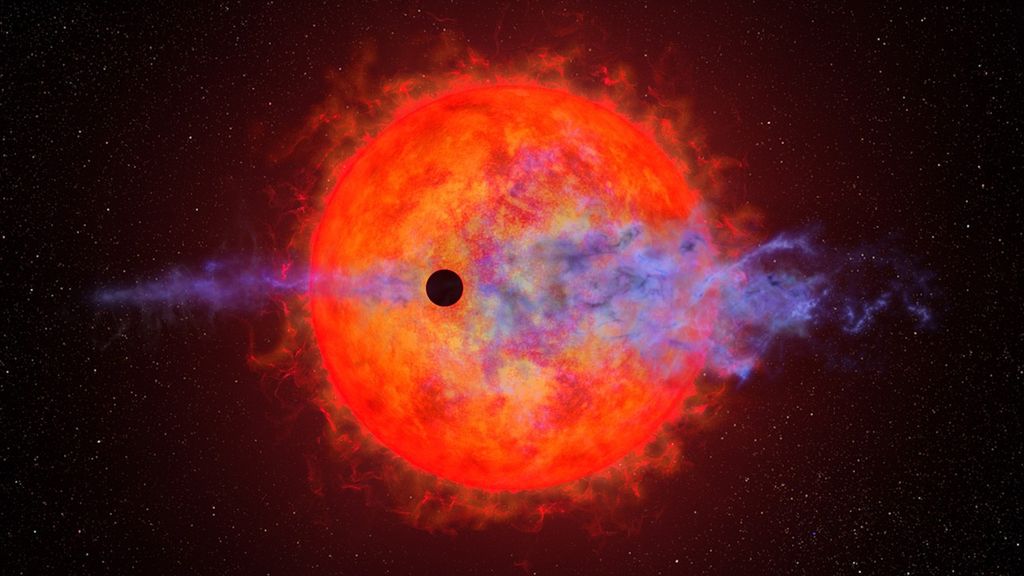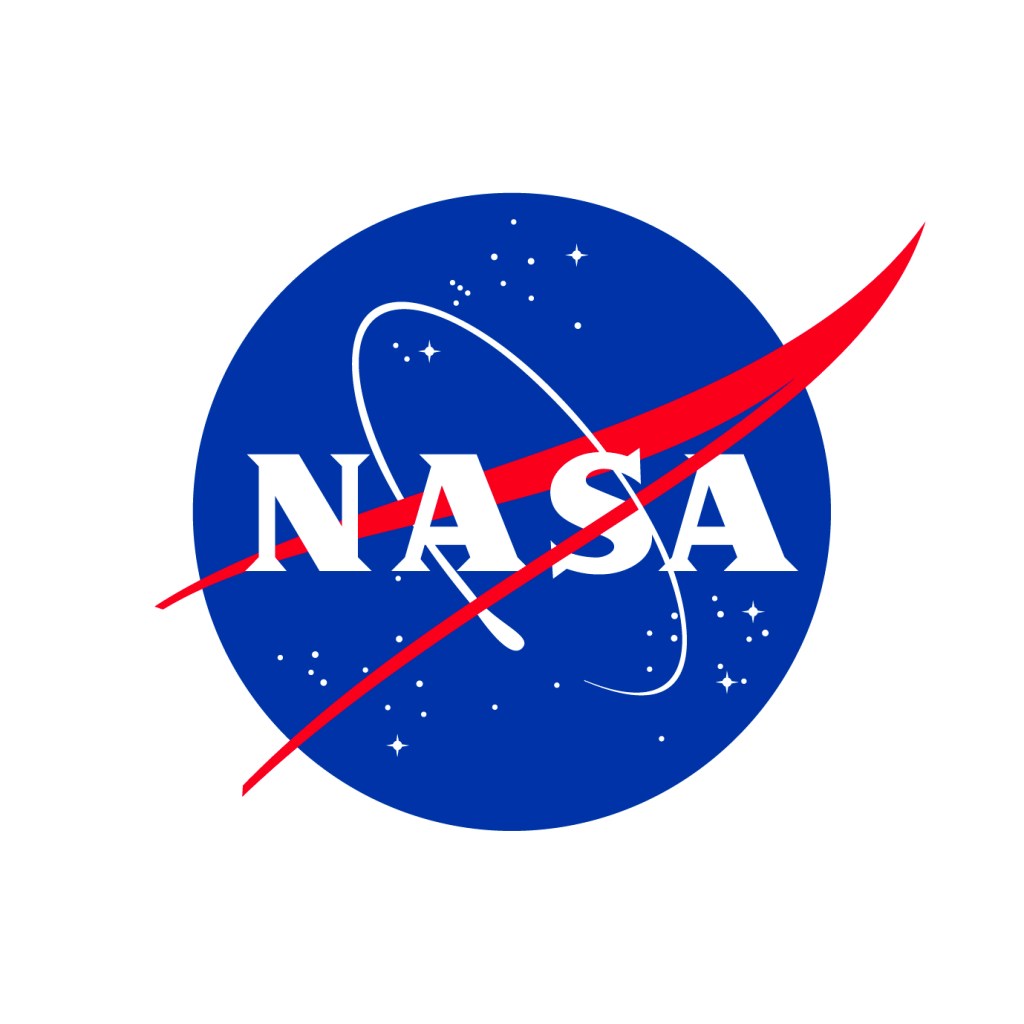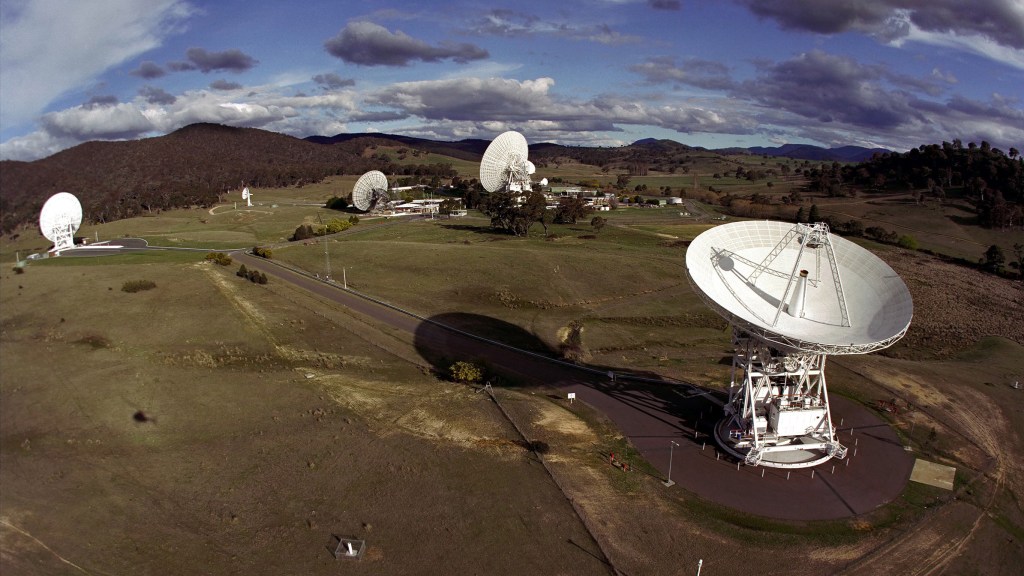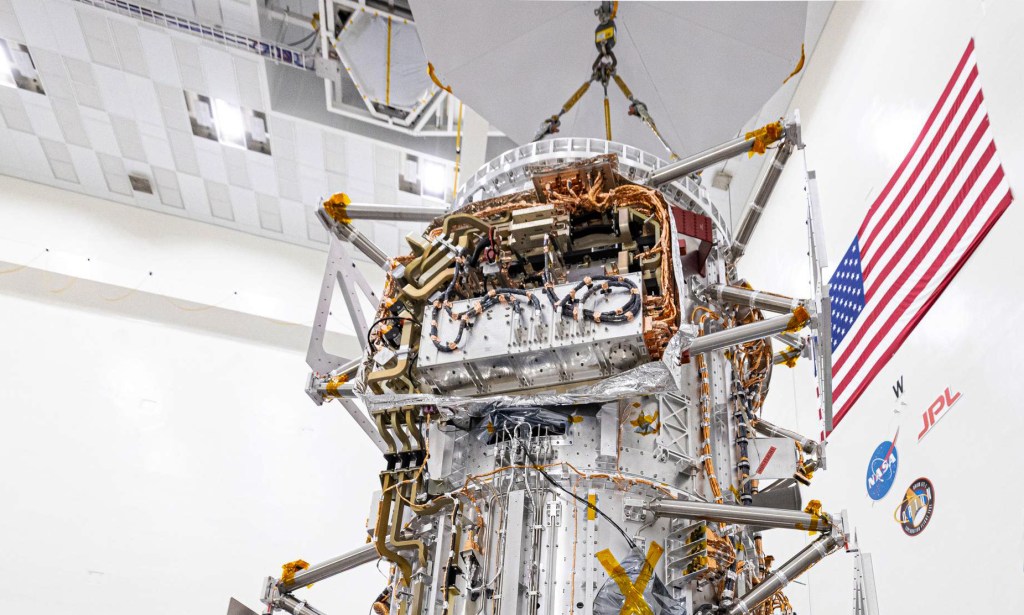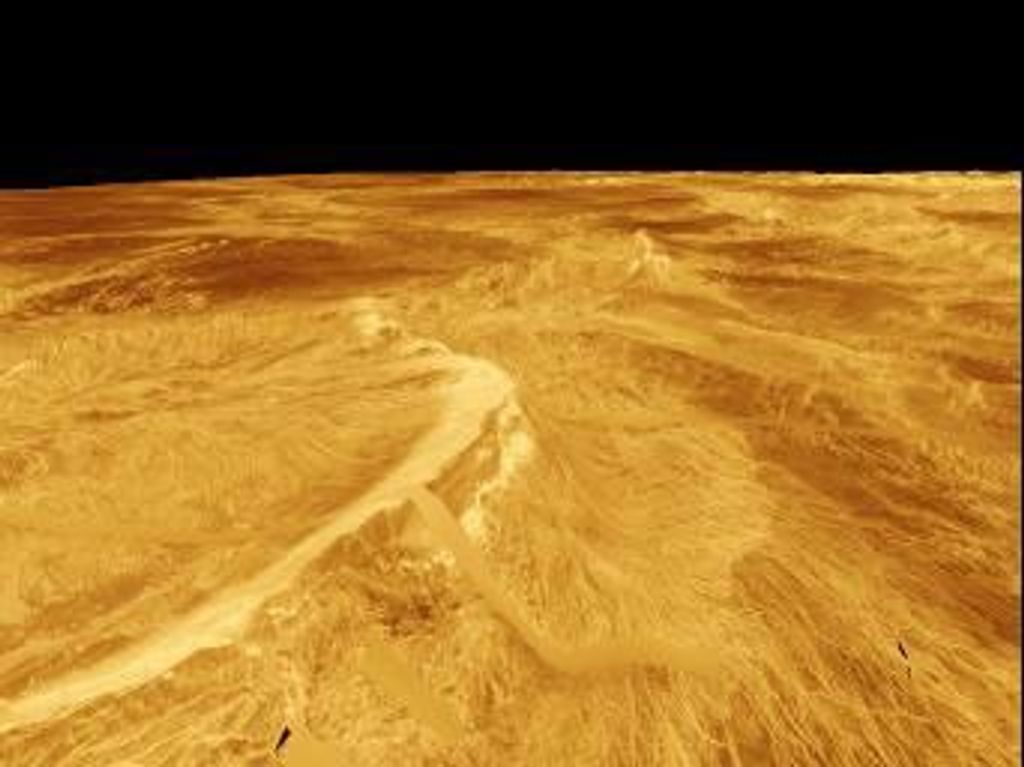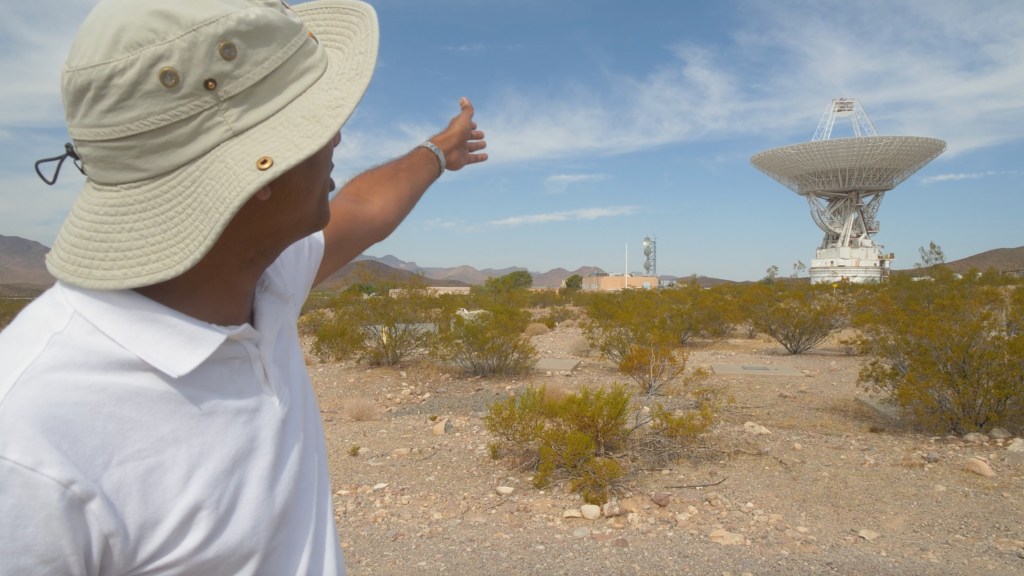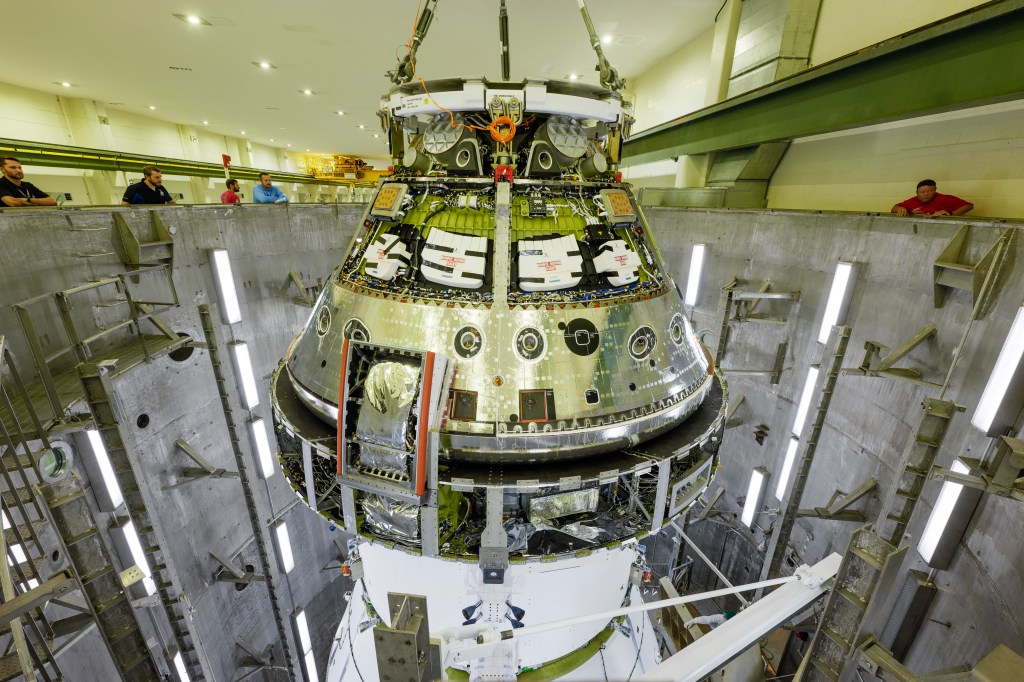Exoplanet Stories
Filters

Observations from NASA’s James Webb Space Telescope have provided a surprising twist in the narrative surrounding what is believed to be the first star observed in the act of swallowing a planet. The new findings suggest that the star actually…

The Discovery Four rocky planets much smaller than Earth orbit Barnard’s Star, the next closest to ours after the three-star Alpha Centauri system. Barnard’s is the nearest single star. Key Facts Barnard’s Star, six light-years away, is notorious among astronomers…

NASA’s James Webb Space Telescope has captured direct images of multiple gas giant planets within an iconic planetary system. HR 8799, a young system 130 light-years away, has long been a key target for planet formation studies. The observations indicate…

The Discovery A possible “super-Earth” orbits a relatively close, Sun-like star, and could be a habitable world – but one of extreme temperature swings, from scorching heat to deep freeze. Key Facts The newly confirmed planet is the outermost of…
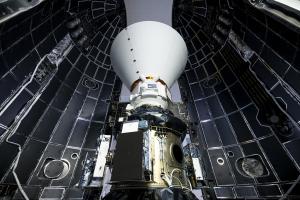
Editor’s note: This story was updated March 11, 2025, to reflect a new target launch date and time. NASA’s latest space observatory is targeting a March 11 liftoff, and the agency’s PUNCH heliophysics mission is sharing a ride. Here’s what…

An international team of researchers has discovered that previously observed variations in brightness of a free-floating planetary-mass object known as SIMP 0136 must be the result of a complex combination of atmospheric factors, and cannot be explained by clouds alone.…

Where is all the water that may form oceans on distant planets and moons? The SPHEREx astrophysics mission will search the galaxy and take stock. Every living organism on Earth needs water to survive, so scientists searching for life outside…
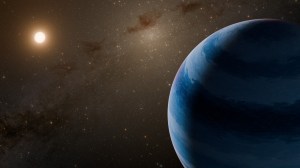
Astronomers may have discovered a scrawny star bolting through the middle of our galaxy with a planet in tow. If confirmed, the pair sets a new record for the fastest-moving exoplanet system, nearly double our solar system’s speed through the…

Shaped like a megaphone, the upcoming mission will map the entire sky in infrared light to answer big questions about the universe. Expected to launch no earlier than Thursday, Feb. 27, from Vandenberg Space Force Base in California, NASA’s SPHEREx…
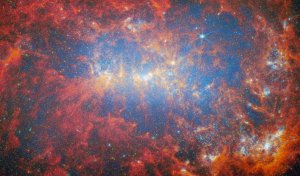
President Biden has named 19 researchers who contribute to NASA’s mission as recipients of the Presidential Early Career Award for Scientists and Engineers (PECASE). These recipients are among nearly 400 federally funded researchers receiving the honor. Established in 1996 by…

